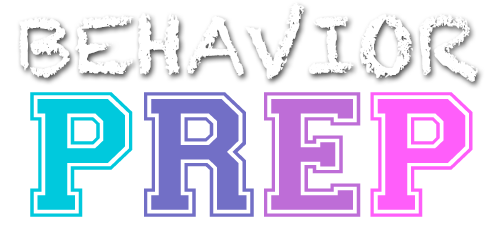E.5 Identify and comply with requirements for making public statements about professional activities (e.g., social media activity; misrepresentation of professional credentials, behavior analysis, and service outcomes).
Identifying and complying with the requirements for making public statements about professional activities involves following ethical guidelines when sharing information about one’s work, credentials, or behavior analysis in public forums, including social media. This ensures that information is truthful and accurate and does not misrepresent the profession, services provided, or qualifications.
Example for Social Media Post: A BCBA wants to share general tips on improving communication skills in children with Autism Spectrum Disorder (ASD) on their professional social media account. To comply with ethical guidelines, the BCBA ensures:
- The post does not include any specific client information or case details that could lead to identifying a client.
- They clearly state that the tips are general strategies and do not guarantee specific outcomes.
- The BCBA provides a disclaimer that parents and caregivers should consult with a professional for individualized assessment and intervention.
- Their credentials are accurately displayed without claiming expertise or results beyond their actual qualifications.
